Giant Swallowtail Butterfly
- March 1, 2024
- 0 comment
The Giant Swallowtail butterfly, scientifically known as Papilio cresphontes, is a magnificent creature renowned for its impressive size and graceful flight. It belongs to the Papilionidae family and is celebrated for its striking appearance, marked by a wingspan that can reach up to 6 inches. Sporting a vibrant pattern of black, yellow, and blue markings, these butterflies captivate enthusiasts and researchers alike. They inhabit a wide range of ecosystems across North and South America, showcasing their adaptability to various climates and habitats. From woodlands to gardens, Giant Swallowtail butterflies thrive in diverse environments.
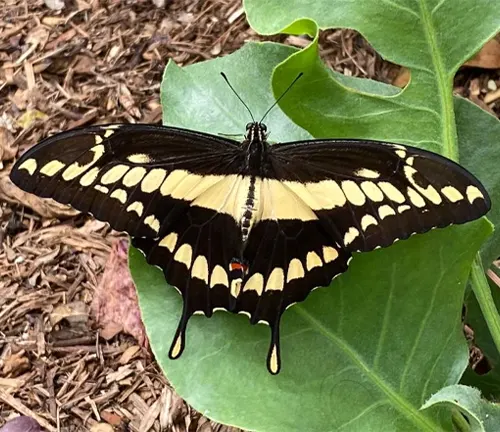
Their life cycle consists of four distinct stages: egg, caterpillar, pupa, and adult. Female butterflies lay eggs on host plants, typically citrus trees, where the caterpillars hatch and undergo multiple molts before forming a chrysalis. Upon emerging as adults, these butterflies exhibit diurnal behavior, gracefully flitting from flower to flower in search of nectar. Beyond their beauty, Giant Swallowtail butterflies play a crucial role in pollination, contributing to the reproductive processes of numerous plant species. However, they face threats from predators, habitat loss, and pesticide use, highlighting the importance of conservation efforts. By fostering a deeper understanding and appreciation for these majestic insects, we can contribute to their preservation and ensure their continued presence in our ecosystems.
| Aspect | Description |
|---|---|
| Scientific Name | Papilio cresphontes |
| Family | Papilionidae |
| Wingspan | Up to 6 inches (15 centimeters) |
| Coloration | Black, yellow, and blue markings |
| Habitat | Woodlands, orchards, gardens |
| Distribution | North and South America |
| Life Cycle | Egg, caterpillar, pupa, adult |
| Host Plants | Citrus trees (e.g., oranges, lemons) |
| Behavior | Diurnal, nectar-feeding, graceful flight |
| Role | Pollinator, contributes to plant reproduction |
| Threats | Predators, habitat loss, pesticide use |
| Conservation Status | Not endangered, but faces threats from human activity |
| Importance | Plays a crucial role in maintaining ecosystem balance |
| Conservation Efforts | Butterfly-friendly gardening, habitat preservation |
Majestic Beauty of the Lepidopteran World
The Giant Swallowtail Butterfly, scientifically known as Papilio cresphontes, is a fascinating insect renowned for its impressive size and graceful flight. Belonging to the Papilionidae family, this butterfly captivates enthusiasts and researchers alike with its striking appearance and intriguing life cycle.
Physical Characteristics
Wingspan
The Giant Swallowtail Butterfly is known for its impressive wingspan, which can measure up to 6 inches (15 centimeters). This expansive wingspan allows the butterfly to glide gracefully through the air, showcasing its majestic presence as it flutters from flower to flower.

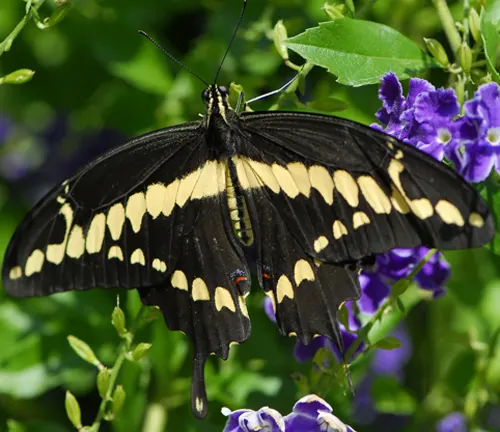
Coloration
The coloration of the Giant Swallowtail Butterfly is striking and distinctive. Its wings feature a vibrant combination of black, yellow, and blue markings. The bright yellow hue dominates much of the wing surface, providing a bold contrast against the deep black markings. Additionally, iridescent blue patches adorn the wings, adding a shimmering quality to the butterfly’s appearance. This intricate coloration serves multiple purposes, including camouflage among foliage and visual signaling to potential mates or predators. Overall, the coloration of the Giant Swallowtail Butterfly contributes to its beauty and allure, making it a captivating sight in the natural world.
Habitat and Distribution
The Giant Swallowtail Butterfly is a remarkably adaptable species found across a diverse range of habitats in North and South America. Its habitat includes woodlands, orchards, gardens, meadows, and even urban areas. This butterfly species thrives in regions with suitable host plants for breeding and ample nectar sources for feeding.
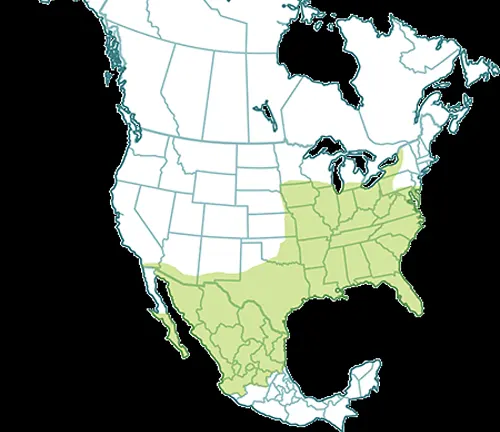
In terms of distribution, the Giant Swallowtail Butterfly can be found throughout much of North America, from southern Canada to Mexico and Central America. It also extends into parts of South America, ranging from Venezuela to Argentina. This wide distribution demonstrates the butterfly’s ability to inhabit a variety of climates and ecosystems, from temperate forests to tropical regions.
Life Cycle
The life cycle of the Giant Swallowtail Butterfly consists of four distinct stages: egg, caterpillar, pupa, and adult.
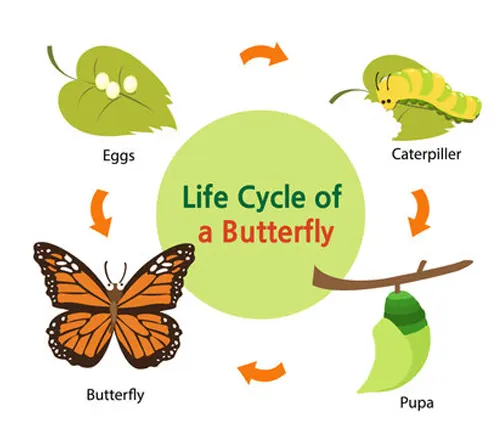
Egg Stage
The life cycle of the Giant Swallowtail Butterfly begins with the egg stage. Female butterflies lay their eggs on suitable host plants, typically citrus trees such as oranges and lemons. These eggs are small, spherical, and pale yellow in color, often laid singly on the underside of leaves to protect them from predators. The female carefully selects the location of each egg, ensuring it has ample access to food once it hatches. The duration of the egg stage varies depending on environmental conditions such as temperature and humidity.
Caterpillar Stage
Upon hatching, the Giant Swallowtail Butterfly enters the caterpillar stage. The newly emerged caterpillars have voracious appetites and immediately begin feeding on the leaves of their host plants. They are often adorned with intricate patterns resembling bird droppings, which serve as a form of camouflage against predators. As the caterpillars grow, they undergo several molts, shedding their old exoskeletons to accommodate their increasing size. This stage of the life cycle can last several weeks, during which the caterpillars consume large quantities of foliage to fuel their growth.
Pupa Stage
As the caterpillar reaches maturity, it enters the pupa stage, also known as the chrysalis stage. The caterpillar attaches itself to a branch or leaf using silk threads and undergoes a remarkable transformation inside a protective casing called a chrysalis. Within this pupa, the caterpillar’s body undergoes extensive changes as it develops into a butterfly. This stage is a period of dormancy, during which the butterfly undergoes metamorphosis, eventually emerging as an adult.
Adult Stage
After completing the metamorphosis process, the Giant Swallowtail Butterfly emerges from the chrysalis as an adult. The newly emerged butterfly’s wings are soft and folded, but they gradually expand and harden over the next few hours. Once its wings are fully developed, the butterfly is ready to take flight and explore its surroundings. As an adult, the Giant Swallowtail Butterfly’s primary activities include feeding on nectar from flowers, mating, and contributing to the pollination of plants. This stage marks the culmination of the butterfly’s life cycle, which may last for several weeks or months, depending on environmental factors and predator pressure.
Behavior and Feeding Habits
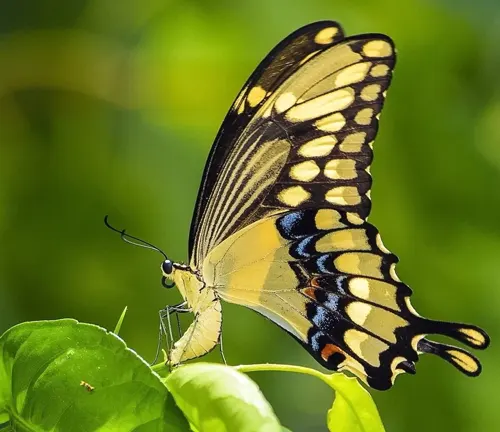
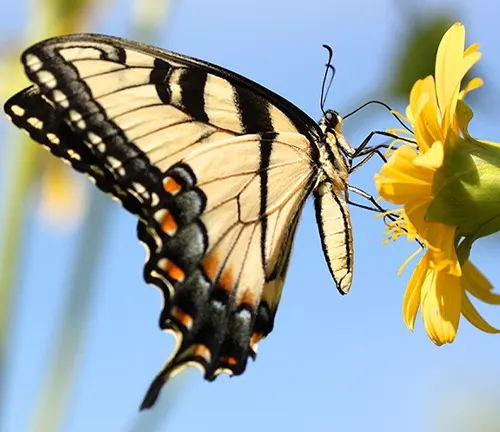
Giant Swallowtail Butterflies are diurnal creatures, meaning they are active during the day. They exhibit graceful flight patterns, gliding effortlessly from flower to flower in search of nectar. Their large wingspan and agile flight make them adept at navigating through dense vegetation in their habitat.
As nectar-feeders, Giant Swallowtail Butterflies play a crucial role in pollination. They use their long proboscis to extract nectar from flowers, inadvertently transferring pollen from one flower to another as they feed. This process contributes to the reproductive success of numerous plant species, ensuring biodiversity and ecosystem stability.
In addition to nectar, Giant Swallowtail Butterflies may also feed on other substances such as rotting fruit, tree sap, and minerals dissolved in puddles of water. These alternative food sources provide essential nutrients and minerals that supplement their diet and support their overall health.
During periods of inclement weather or when resources are scarce, Giant Swallowtail Butterflies may exhibit territorial behavior, defending prime feeding and breeding sites from other individuals. However, they are generally non-aggressive and prefer to avoid confrontation whenever possible.
Predators and Defense Mechanisms
Giant Swallowtail Butterflies face a variety of predators throughout their life cycle, including birds, spiders, insects, and small mammals. To defend themselves against these threats, they have evolved several effective defense mechanisms.
One of the primary defense mechanisms of Giant Swallowtail Butterflies is their remarkable agility in flight. They are capable of rapid maneuvers, zigzagging through the air to evade predators. This agility, coupled with their large wingspan, makes them difficult targets for aerial predators such as birds.
Another defense mechanism employed by Giant Swallowtail Butterflies is mimicry. During the caterpillar stage, they often resemble bird droppings, which camouflages them against the backdrop of foliage and deters predators from attacking. This clever disguise helps them avoid detection and increases their chances of survival.
Importance in Pollination
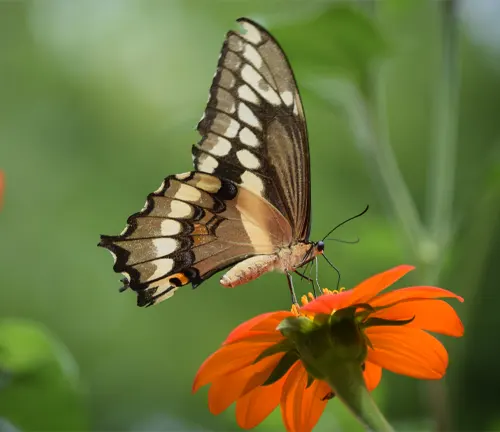
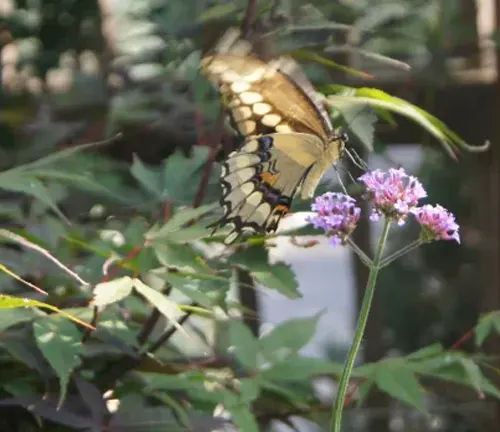
Giant Swallowtail Butterflies play a crucial role in pollination, making them invaluable contributors to ecosystem health and biodiversity. As they feed on the nectar of flowers, their long proboscis comes into contact with the reproductive structures of the plants, inadvertently transferring pollen from one flower to another.
This process, known as pollination, is essential for the reproduction of many plant species. By transferring pollen, Giant Swallowtail Butterflies facilitate fertilization and the production of seeds, ensuring the continuation of plant populations. This, in turn, sustains ecosystems by providing food and habitat for numerous other organisms, including insects, birds, and mammals.
The importance of Giant Swallowtail Butterflies in pollination extends beyond individual plant species to entire ecosystems. They contribute to the maintenance of plant diversity, which in turn supports a wide array of animal species that depend on these plants for food, shelter, and other resources.
Conservation Status
The Giant Swallowtail Butterfly is not currently considered endangered, but its conservation status varies regionally and is subject to threats from habitat loss, pesticide use, and other human activities. While the species as a whole maintains stable populations across its range, localized declines have been observed in areas where suitable habitat is being degraded or destroyed.
One of the primary threats to Giant Swallowtail Butterflies is habitat loss and fragmentation. As natural habitats are converted for agricultural, urban, and industrial purposes, the availability of suitable breeding and feeding grounds diminishes, leading to declines in butterfly populations. Additionally, the use of pesticides in agriculture and landscaping can have detrimental effects on butterfly larvae and adults, leading to decreased survival rates and reproductive success.
Conservation efforts focused on habitat preservation, restoration, and butterfly-friendly gardening practices are essential for mitigating these threats and ensuring the continued survival of Giant Swallowtail Butterflies. By protecting and restoring natural habitats, creating butterfly corridors, and reducing pesticide use, conservationists can help maintain healthy populations of these butterflies and support their important role in pollination and ecosystem functioning.
Human Interaction
Butterfly Gardening
Creating butterfly-friendly gardens can provide vital habitat and food sources for Giant Swallowtail Butterflies. Planting nectar-rich flowers and host plants, such as citrus trees, can attract these majestic insects, allowing enthusiasts to observe them up close while supporting their conservation.

Threats
Human activities, including deforestation, urbanization, and agricultural practices, pose significant threats to the Giant Swallowtail Butterfly’s habitat. Pesticide use, in particular, can have detrimental effects on both adult butterflies and their caterpillars, highlighting the importance of adopting environmentally friendly pest management strategies.
Fun Facts
- The Giant Swallowtail Butterfly is the largest butterfly species in North America.
- Despite their size, these butterflies are adept at maneuvering through dense vegetation with precision.
- They are often mistaken for birds due to their swift and graceful flight patterns.
Attracting Giant Swallowtail Butterflies to Your Garden
To attract Giant Swallowtail Butterflies to your garden, consider planting a variety of nectar-rich flowers such as butterfly bush, milkweed, and lantana. Additionally, incorporating host plants like citrus trees can provide essential breeding grounds for caterpillars, ensuring a thriving butterfly population in your backyard oasis.
Different Species
Papilio thoas
(King Swallowtail)
Found in Central and South America, this species exhibits a similar large size and striking coloration to the Giant Swallowtail.

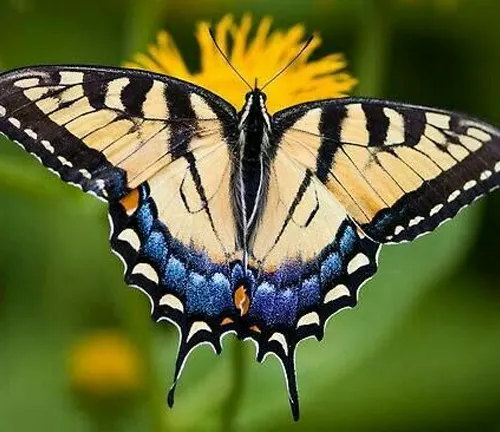
Papilio antimachus
(African Giant Swallowtail)
Native to sub-Saharan Africa, this species is known for its impressive wingspan and distinctive markings.
Papilio esperanza
(Esperanza Giant Swallowtail)
Endemic to Mexico, this species is notable for its large size and intricate wing patterns.
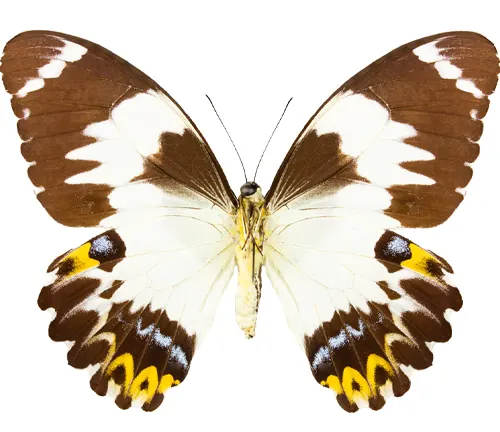
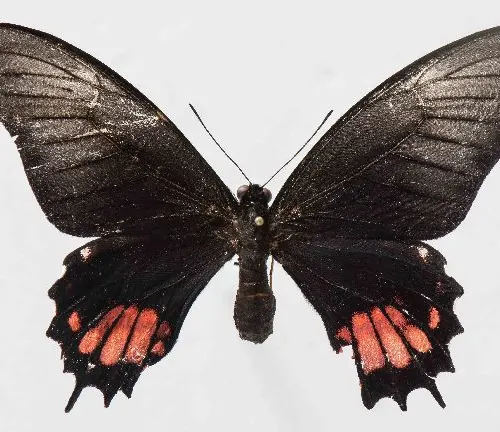
Papilio garleppi
(Garlepp’s Giant Swallowtail)
Found in parts of South America, this species shares the characteristic large size and graceful flight of other Giant Swallowtail butterflies.
Frequently Asked Questions (FAQs)
- What do Giant Swallowtail Butterflies eat?
Giant Swallowtail Butterflies primarily feed on nectar from flowers. As adults, they are attracted to a variety of nectar-rich blooms. - Do Giant Swallowtail Butterflies have predators?
Yes, Giant Swallowtail Butterflies face threats from predators such as birds, spiders, and other insects. Their caterpillars are particularly vulnerable to predation. - How do Giant Swallowtail Butterflies defend themselves?
Giant Swallowtail Butterflies employ various defense mechanisms, including rapid flight maneuvers, mimicry, and the emission of foul-smelling chemicals from specialized organs called osmeteria. - Where can I find Giant Swallowtail Butterflies?
Giant Swallowtail Butterflies inhabit a wide range of habitats, including woodlands, orchards, gardens, and urban areas, across North and South America. - Can Giant Swallowtail Butterflies be harmful to crops?
While Giant Swallowtail Butterflies themselves are not harmful to crops, their caterpillars may feed on foliage from host plants such as citrus trees. However, their impact on crops is generally minimal. - What is the role of Giant Swallowtail Butterflies in the ecosystem?
Giant Swallowtail Butterflies play a crucial role in pollination, transferring pollen from one flower to another as they feed on nectar. This helps maintain the balance of plant populations within their habitats. - How do Giant Swallowtail Butterflies mate?
Giant Swallowtail Butterflies typically mate during the warmer months when they are most active. Mating rituals often involve courtship flights and visual displays to attract potential mates. - Do Giant Swallowtail Butterflies have any cultural significance?
In some cultures, Giant Swallowtail Butterflies are symbols of transformation, beauty, and resilience. They feature in folklore, art, and literature as representations of change and spiritual growth. - Can Giant Swallowtail Butterflies be found in urban environments?
Yes, Giant Swallowtail Butterflies are adaptable insects and can often be found in urban areas where suitable food sources and habitats are available, such as parks, gardens, and green spaces. - How can I attract Giant Swallowtail Butterflies to my garden?
Planting a variety of nectar-rich flowers and host plants, such as citrus trees, can attract Giant Swallowtail Butterflies to your garden. Creating a butterfly-friendly environment with suitable food and shelter is key to attracting these magnificent insects.


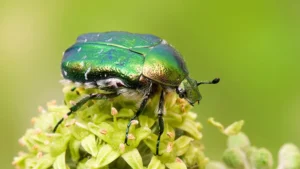

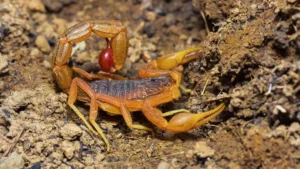
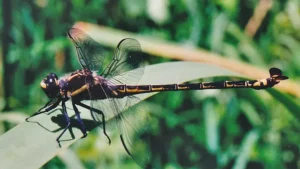
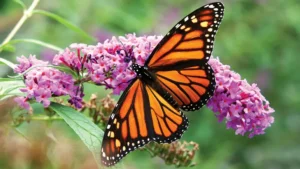
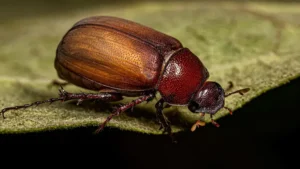

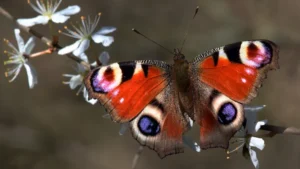
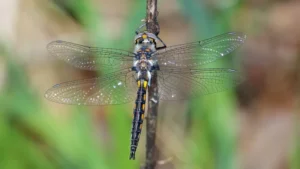
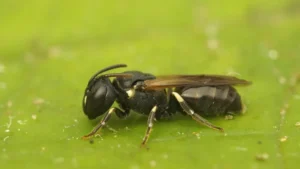


Leave your comment